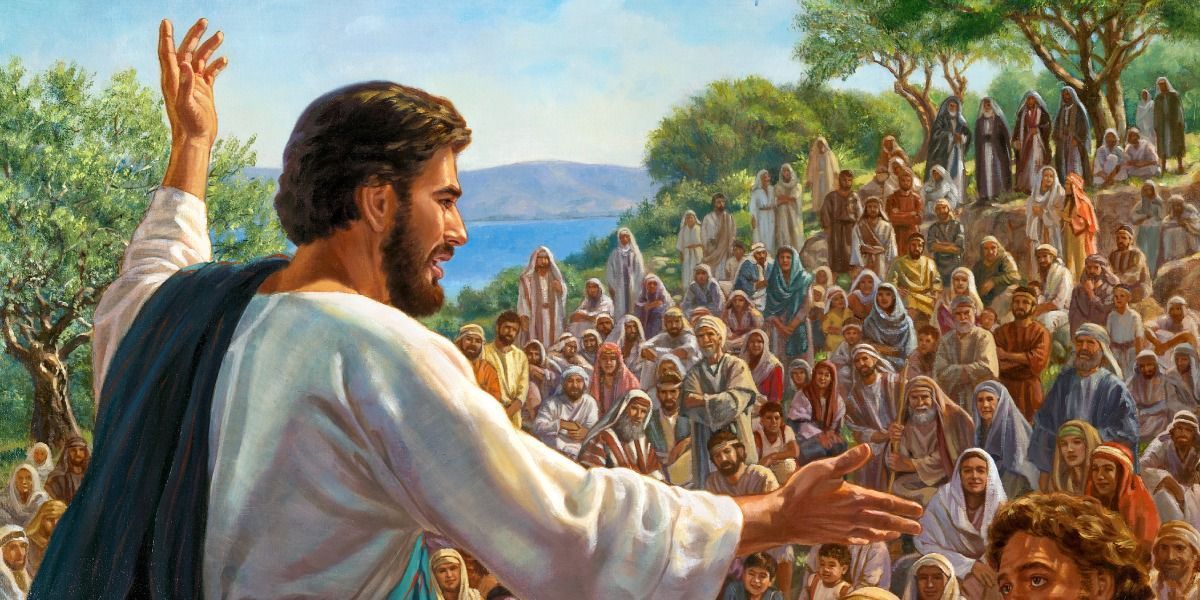
When we read the accounts of miracles in the four gospels, we can perceive that there are noticeable differences between them, both narrative and focus. The sacred authors have chosen from the oral tradition some teachings of Jesus and have synthesized or developed them by looking, above all, at the situation of the Churches. These differences respond to one cause: the theological purpose of each. The evangelists were not mere chroniclers of Christ’s life and doctrine, but theologians who interpreted this life and doctrine to offer communities the foundation of their faith and customs. In this way, it is not against the truth of the narrative that each one refers to the Lord’s sayings and deeds in different order and not chronologically, as long as they do not lose their deepest meaning. Their purposes were for their readers to know the foundation of what they had learned (Lk 1:4) and to respond to the various conditions and contexts of the faithful.
St Augustine says: “It is quite likely that the evangelists believed in the duty to have, with the order that God suggested to his memory, the things they narrated, at least in those things in which order, whatever it may be, takes nothing away from the gospel truth and authority. […] By remembering the things to be written, he would allow each to arrange the narrative in his own way and for anyone who piously investigated it to discover it with divine help.”
The synoptics show us a Jesus compassionate to the people who heal and liberate (Mk 1:41; Mt 14, 14; 15, 32; Lk 5:20) to show that in the Kingdom of God there would no longer be afflicted or hungry or disadvantaged. For St John, on the other hand, the important thing is to reveal some unique aspect of the Master’s person. All the signs He makes are announcements that God has become present in the world through His person. For this reason, it narrates only seven signs made by Jesus: the weddings of Cana (Jn 2:1-11); healing the son of a royal official (Jn 4:43-54); the healing of the sick man in the pool of Betzatá (Jn 5:1-18); multiplication of breads (Jn 6:1-15); the walk over the waters (Jn 6:16-21); healing of the blind by birth (Jn 9:1-7) and the resurrection of Lazarus (Jn 11:1-44). Let us remember that number seven is an expression of perfection and excellence.
For John, the signs made by Jesus include some extraordinary detail that reveals that he did “works that no one else has done” (Jn 15:24). At the weddings of Cana, it converts six hundred liters of water into wine. In healing the son of the royal official, the sick man was thirty-five kilometers away. The paralytic of Betzatá’s pool was ill thirty-eight years ago. The blind man to whom the vision is returned was from birth. Lazarus had been in the tomb for four days when he was revived, etc. Another important element is that his signs are often accompanied by small discourses that reveal who has made them: Jesus is just like the Father (Jn 10, 30), works on Saturday (Jn 5:16; 7, 23), is the bread of life (Jn 6: 35, 48, 51), the light of the world (Jn 8:12; 9: 5) and the resurrection and life (Jn 111 , 25). Compared to synoptics, they immediately jump their differences.
On the other hand, if we were asked whether Jesus gave his disciples power to perform miracles, we would respond in the affirmative, for the synoptics testify to the apostles healing and being resurrected (Lk 9:1, 6; Mc 16, 17-18). But John affirms that only Jesus makes these signs. He never says that the apostles will do them one day, for their signs are the vehicle through which he reveals his divine being and intimacy with the Father. John goes so far as to affirm that not even John the Baptist made signs (Jn 10:41). Therefore, as we read the accounts of miracles, we should not forget that each evangelist narrated them taking into account their meaning to the community that read them. Each reveals some aspect of Jesus’ interiority and answers the most momentous question of the whole gospel: Who is Jesus?
St. John, with his personal theology, offers us various answers to this question. Caiaphas and the Pharisees refuse to believe that he is the expected Messiah and counsel to kill Jesus (Jn 11:50). Nicodemus (Jn 3:3-5), Jesus’ brethren (Jn 7:3-6), or the multitude (Jn 6:26) saw the signs, but stay in them, did not discover the Messiah. The royal official (Jn 4:53) or the blind man by birth (Jn 9:38) understand the true meaning of the signs, believe in Jesus, and know who He is. Finally, there are those who believe without having seen. This is the faith that Jesus praises: “Happy are those who believe without having seen!” (Jn 20:29). It’s faith in the miracles we should have. Ω






Be the first to comment